45. See the best stargazing spots in New Zealand


Get lost in the stars at the Church of Good Shepherd.
When it comes to unadulterated outdoors and authentic wildlife experiences, New Zealand over delivers: here is No. 45 of our 101 Reasons To Stop Dreaming About New Zealand And Go.
Small towns and settlements across the land are turning the lights off and pulling the curtains in order to be the best stargazing spot in New Zealand. To be fair, beyond city boundaries pretty much the whole country can claim spectacular stargazing thanks to clear skies, low light pollution and the particularly striking array of constellations that inhabit the southern skies above Aotearoa. Locations like Great Barrier Island/Āotea, Stewart Island/Rākiura, located 30 kilometres south of the South Island/Te Waipounamu across the Foveaux Strait and the home of New Zealand’s first Dark Sky Sanctuary, Rotorua and the Coromandel Peninsula.
The country also boasts the largest international Dark Sky Reserve in the world. Covering an epic 4300 square kilometres in the middle of the South Island, Aoraki Mackenzie International Dark Sky Reserve (pictured) is frequently touted as one of the best stargazing spots on Earth and is home to one of the country’s most photographed buildings: the Church Of The Good Shepherd.

Aoraki Sky Reserve.
The pretty stone church sits on the shores of Lake Tekapo and on a clear night is magically crowned by night skies crowded with stars (it is also worth photographing during the day, especially in spring when it is surrounded by colourful lupins).
Be dazzled by the night skies with these experiences:
- Lake Tekapo’s Dark Sky Project is a top spot for astronomical adventures. The ultimate experience is the night-time tour to hilltop Mt John Observatory. Learn about and look through the mighty telescope, head outside to survey the big picture, and enjoy the company of passionate guides. Next to the observatory, the glass-walled Astro Cafe is a stellar place to soak up the grandeur, day or night.
- Further south at Aoraki/Mt Cook National Park but still within the Aoraki Mackenzie International Dark Sky Reserve, Big Sky Stargazing has state-of-the-art telescopes and special binoculars to get you in the zone. This family-friendly activity is based in the historic Hermitage Hotel, also home to a Planetarium, the fascinating Sir Edmund Hillary Museum, and a restaurant with superb views.
- Just an hour’s drive from Wellington/Te Whanganui-A-Tara in the rural Wairarapa, Stonehenge-Aotearoa is New Zealand’s only open-air astronomical observatory. While the stone circle here looks suspiciously similar to the English one, it has been constructed and positioned precisely for this southern hemisphere spot, drawing from Māori and Polynesian starlore. Its night-time Star Safari tour will take your astronomical knowledge to another dimension.

Chill out and enjoy the stars at Tekapo.
What is Matariki?
A major event in the Māori lunar calendar, Matariki takes place when the star cluster of the same name (also known as Pleiades or the Seven Sisters to astronomers) appears in the night sky during mid-winter. Formed over 100 million years ago, the appearance of the ethereal star cluster at this time of year marks the end of the old lunar year and the beginning of the New Year, with remembrance, celebrating the present, and looking to the future a focus. Most of the marae (Māori meeting grounds) around New Zealand hold feasts, with special celebrations in cities like Wellington and Auckland. In 2022 Matariki will be celebrated as an official public holiday on 24 June.

Clear vision of the sparkling night sky.
Return to 101 Reasons To Stop Dreaming About New Zealand And Go






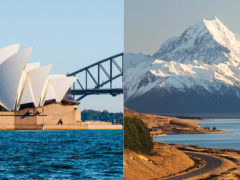
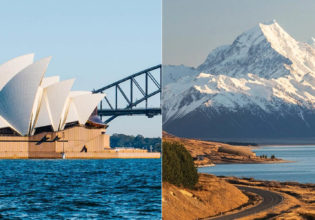
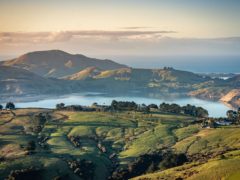
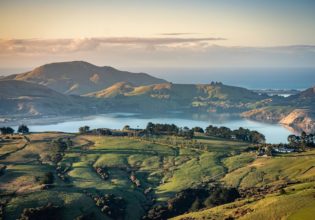
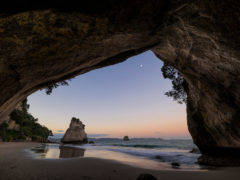
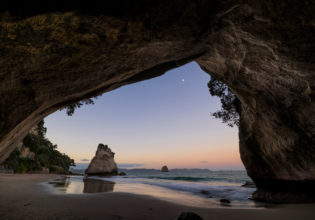

LEAVE YOUR COMMENT